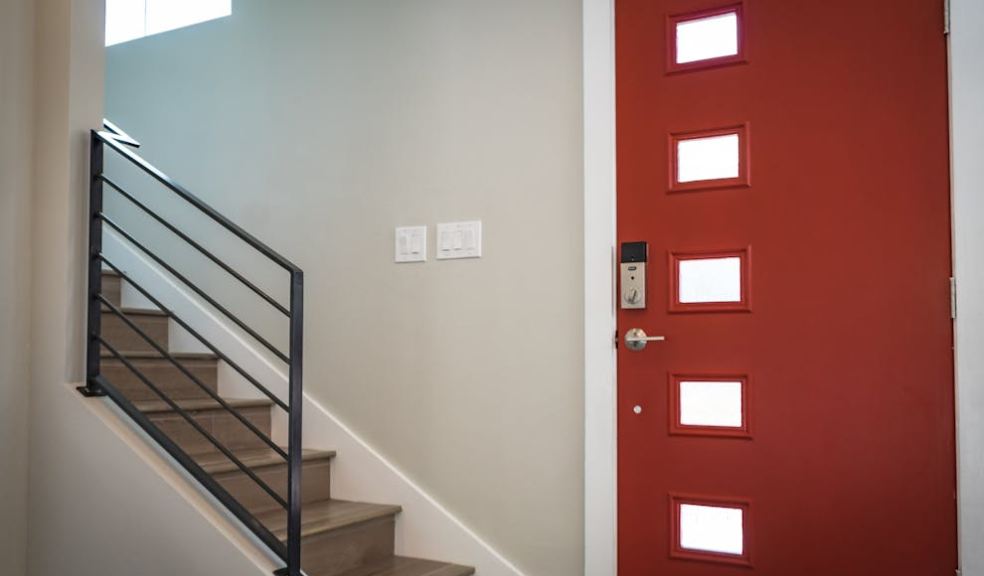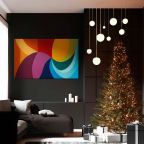
Finding the Perfect Doors for Your Home
We obsess over wall colors, floor finishes, and light fixtures, yet frequently ignore a dominant architectural feature present in every single room. This element dictates flow, influences acoustics, and contributes massively to your home's character. It’s the humble, often overlooked door. Selecting the right one isn't merely a practical decision about privacy; it's a crucial design choice. A door can either be a seamless extension of your wall or a bold statement piece that commands attention. Understanding the options transforms this functional necessity into a powerful tool for shaping your environment.
Defining Spaces with Purpose
Moving beyond the entryway, our focus shifts inward. The selection of internal doors demands a separate set of considerations from their external counterparts. Here, outright security gives way to priorities like aesthetic harmony, sound management, and spatial perception. A heavy, solid-core door for a home office serves a completely different purpose than a lightweight, translucent one for a pantry. Think about the room's function first. Does it require visual privacy, acoustic isolation, or simply a visual demarcation of space without obstruction? Answering this question narrows the field immensely.
Material World: Wood, Glass, and Beyond
Gone are the days of a single, default material. Each option brings a unique texture and feeling into your home. Solid wood, whether oak, pine, or walnut, offers timeless warmth and superior sound dampening. Engineered options like MDF provide incredible stability and a perfectly smooth surface for modern painted finishes. For areas craving light flow, consider glass-paneled designs. They maintain a sense of separation while allowing illumination to travel through hallways and into darker corners, making compact spaces feel significantly larger and more open.
The Illusion of Space
Believe it or not, your door can dramatically alter how big a room feels. Standard swing doors consume a considerable amount of valuable floor area. In tight quarters, alternative solutions create breathing room. Pocket doors slide seamlessly into the wall cavity, vanishing entirely when open and freeing up every square inch of floor space. Similarly, bifold doors concertina to the side, a perfect solution for closets or connecting a kitchen to a dining area. These clever mechanisms are functional magic tricks for the perception of volume.
A Silent Contributor to Your Home's Atmosphere
We rarely consider the sound a door makes until it becomes a nuisance. The gentle, solid thud of a well-hung door subconsciously signals quality and offers a sense of quiet comfort. Conversely, a hollow rattle feels cheap and disruptive. For true tranquility, especially for bedrooms or studies, specify solid-core construction. Their density acts as a formidable barrier against household noise, creating pockets of promised serenity. This acoustic buffering is an investment in your home’s peaceful atmosphere.
Hardware: The Final Piece of the Puzzle
Lever handles, knobs, and hinges might seem like minor details, but they are the jewelry of the home. Their finish can either tie a look together or stick out as a glaring afterthought. Matte black offers a contemporary edge, while polished brass brings classic refinement. Consider the interaction: a sleek, brushed nickel lever handle feels modern, whereas a crystal doorknob adds a touch of vintage glamour. Ensure all hardware throughout the home shares a common finish language to create a cohesive, deliberately designed feel.
Beyond the Rectangle
Why must every opening be a perfect rectangle? Breaking from tradition opens up exhilarating possibilities. Arched tops introduce softness and architectural grandeur, echoing Mediterranean or classical styles. For a truly contemporary look, consider doors that stretch all the way to the ceiling. This dramatic vertical emphasis draws the eye upward, making standard room heights feel exponentially more grand. These unconventional shapes transform a simple opening into a defining architectural moment.
Ultimately, viewing doors as mere swinging barriers is a missed opportunity. They are integral components of your home's design language, influencing light, sound, space, and style. Approaching their selection with the same creativity and care as you would a piece of furniture or art unlocks a new layer of thoughtful design. Choose pieces that don't just close off a room, but actively enhance it.











